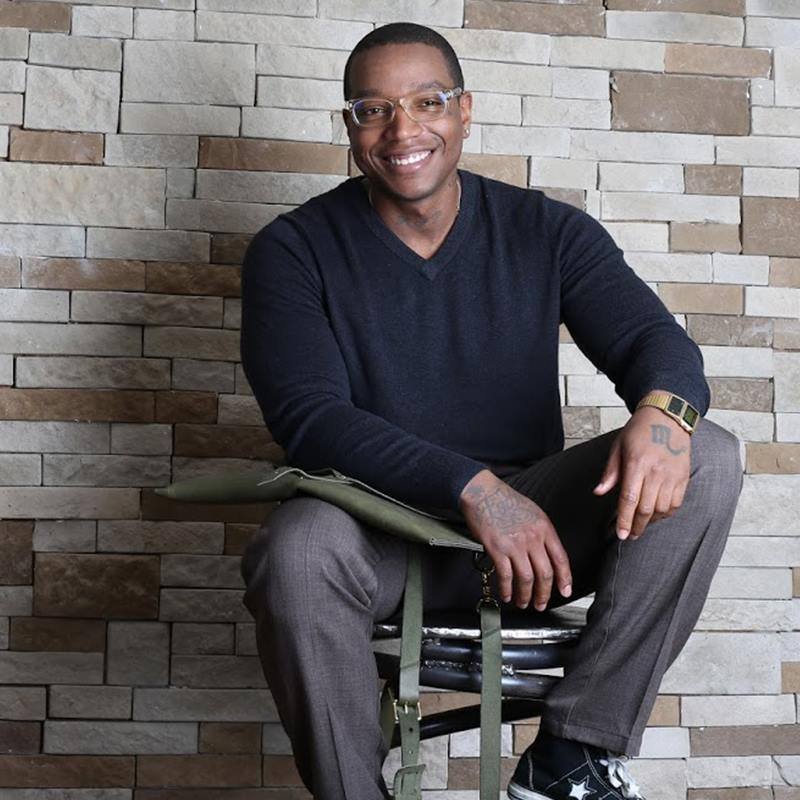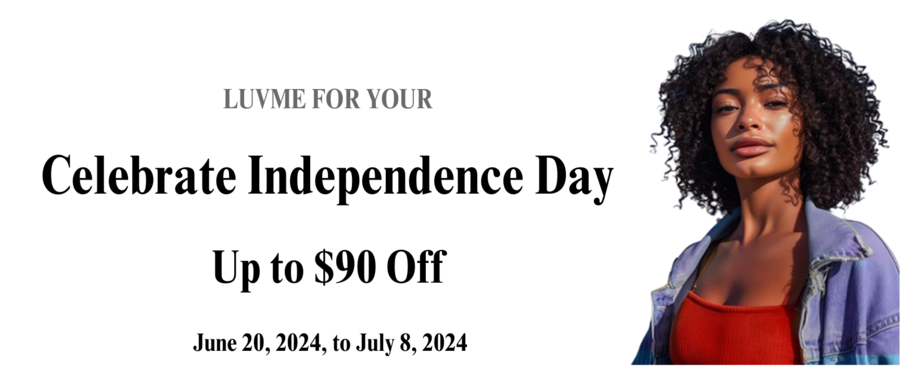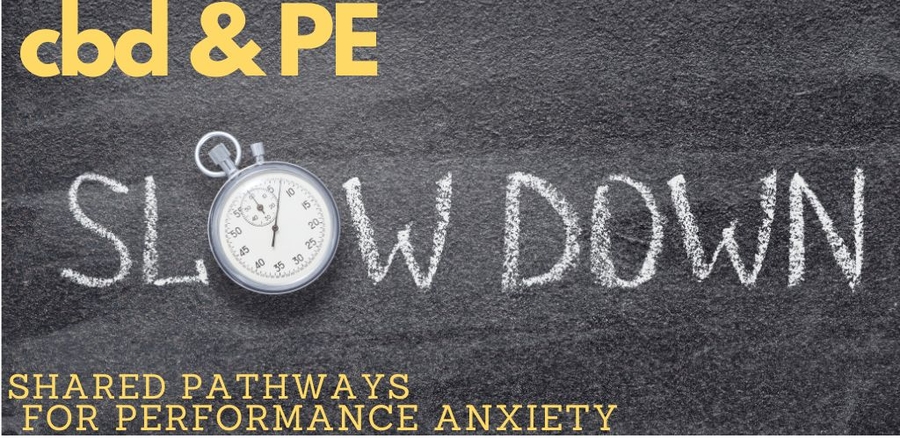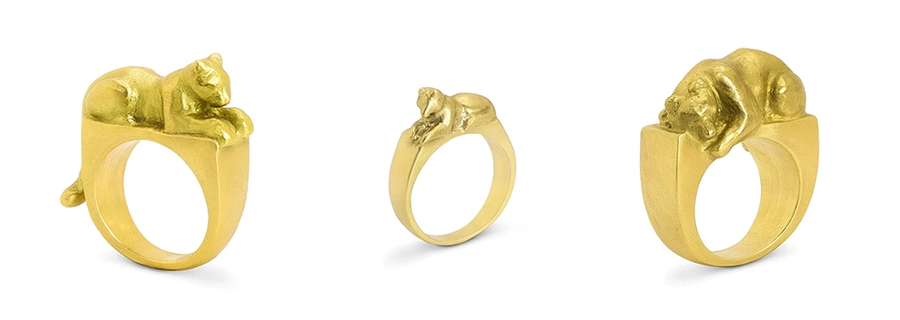Last week I sat down with Dario, one of the founders of The Bellwether Project.He’s a fellow creative and a good friend. We began to discuss what makes an effective design lead or lead in general. While this conversation can go on forever (as it almost did), I thought it would be interesting to list a few trains of thought that have helped me over the years.
Before starting any project ask yourself a series of questions.
At a creative brief, one of the most useful exercises I’ve found is to take a step back to ask:
“How does a user get to the entry point we’re designing?” “What is the thought behind the current design exploration”, and finally, “What is the goal of the high-level user experience?”
Is the goal to be interaction and conversion, or are you guiding the user from one area to another? By provoking these questions you can begin to explore loose solutions before the formal kickoff and to think of logical reasons why you would go a particular route. These preliminary ideas don’t have to go any further than your Moleskine, but it gives you a place to start early in your workflow.
I ask myself similar questions for direct response creative. The goal of DR work is to make the message and the catalyst for action the most prominent aspect of the page.
While the creative should be attractive and eye-catching, it should not overwhelm your message or your button. A few examples of questions you could ask yourself are:
“Is the value add, copy and call to action clear in the creative?” “Am I creating any additional friction that will hinder the click-through rate?”
If so, cut the fat and remove unnecessary elements and iterate. The viewer should clearly understand what the offer is and how to follow through on a purchase in a fraction of a second.
Try to put yourself in the mind state of your target audience. What magazines do they read? What shows do they watch, etc? These questions can give you an idea of how to go about designing certain creative deliverables and what length of copy should be used. All of these questions are to give you a preliminary place to start and a way to jump start your brain into thinking of ways to solve a problem.

Focus on the creative. Develop excellent work and your style will follow.
Lately, I’ve received emails from younger designers asking how to develop their style so that they can stand out in their field. Or just to define themselves in the design space and begin to make a name. So I thought… let’s take a step back and think about what we define as someone’s style. At the risk of oversimplifying, a style is one individual’s particular way of problem solving. The only way you begin to do this is to have experiences. So I offer you this solution…
Stop trying to find it. Go have experiences. Go solve problems. Do awesome work
Once you begin to focus on the points mentioned above, you will start to solve problems in a way that only you can, based on the entirety of your life experiences. Just like life, it will continue to evolve, change, and add to your skill set. So relax, give it time, and just enjoy the work.

Remain a student. Question all of your answers. You should be one of your toughest critics.
One of the most productive things for me is to try and find the flaws in all of my work. Usually, just a simple set of questions to cut to the crux of a project. This method helps me tighten up any inconsistencies, have clear reasoning behind my decisions, and to, of course, find new solutions to a problem. Asking yourself questions will also help you when presenting to a group. You’ll be able to guide the team through your process and follow your reasoning. Some questions I ask are:
“Why would this work? How could this be confusing? Is it clearly conveying the emotions the team has discussed? How does it align with everything else that’s created for this experience?”
Now say your design team thinks that your project still needs some work and attention. Asking questions during your design process will help your team give clear and concise feedback. They now see why you made decisions and where a possible disconnect could be and why. A workflow like that can be instrumental in building trust and collaboration on a project, as well as sharpening your creative eye. Progression is always an underlying goal, right?
Creative work requires empathy.
Commercial design is about service to others. So take yourself out of the equation. Once you begin to create for others whether it be at an agency, startup or a brand, you become a server to others. An idea which I find to be a beautiful thing. A question that is helpful in getting to the meat of project is, “How can I make this visitor’s experience as compelling and straightforward as possible”?
One can love their design more than the art itself. It can be the most beautiful thing they’ve ever laid their eyes on. However, if it doesn’t solve the user’s problem or if it’s too difficult, then there is something that they could’ve done better, and that’s fine. There is an awesome lesson to learn. With that information one can begin to develop an eye for what will be a catalyst for the desired response.
Do not be afraid to be wrong for that is the path to the answer.

Be invested in your team’s success
This is one of the biggest points and one of the statements I live by. You will always grow by empowering others. Share what you know! If you happen to be the creative lead on a team, then you will eventually guide fellow up and coming creatives.
Share your experience. Ask them to go through their process, have them describe their current project to you. Find out what their aspirations are for their career. During these moments, you can often find that you will learn as well. You gain a different point of view.
Set every member of your team up for success.

Last but not least…
Be Patient.
Cheers,
David A. Moore
Have your own methods? Leave your ideas in the comment section below — I’d love to hear your thoughts!





